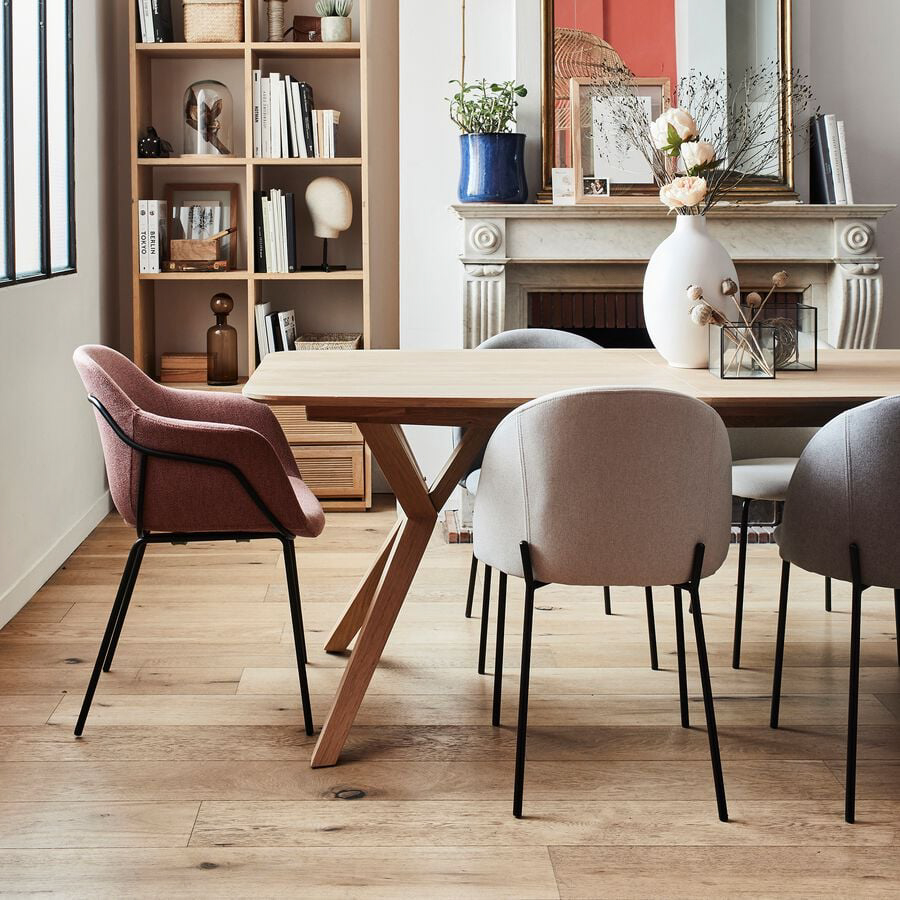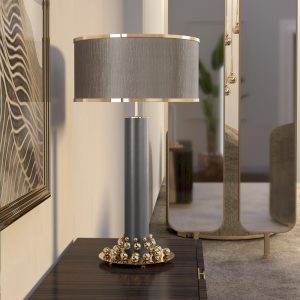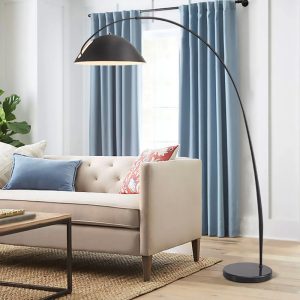
How Many Lumens For Pendant Lights

When it comes to your home lighting, there’s no doubt that the right amount of light is essential for creating the kind of ambience and function you want in a room. However, the exact amount of light your space needs will depend on things like the size of your rooms and how you use them.
If you’re looking to add pendant lights to your home, it’s important to know how many lumens to use. This guide will walk you through the basics of determining how much light your space needs and how to balance ambience and functionality when selecting a fixture. We’ll also take a look at how different types of light work together to create a balanced and functional space.
How Do I Determine the Right Pendant Light Height?
The first step when choosing a pendant light is determining how high you want it to hang above a surface like a table. You’ll want to be sure your fixture isn’t too low or too high so that you can comfortably see the surface and any food you’re preparing on top of it. For this reason, it’s a good idea to measure your ceiling height with a tape measure. This will give you the most accurate measurement possible and help ensure your pendant is properly sized.
Once you’ve determined the height of your ceiling, you can then start to figure out how much light your space needs. To do this, you’ll need to know the square footage of your room. To do this, simply multiply the length of your room by the width of your room. Then, divide this number by 1,000 to get the number of lumens per square foot you’ll need. This number is typically indicated on the packaging of your chosen bulb and is used as a comparison tool between different bulbs.
It’s also helpful to understand that lumens are not the same as candelas. Candelas are usually used to describe the brightness of lighting fixtures that produce a narrow beam of light in one direction, such as flashlights and spotlights. Lumens, on the other hand, are used to compare the brightness of lighting fixtures that emit light evenly in all directions, such as ceiling and some types of kitchen lights.
Once you’ve figured out the number of lumens needed for your space, it’s time to select the right type of light bulb. In addition to wattage, you’ll also need to consider color temperature (Kelvin). This is measured using a scale of blue to yellow that indicates how cool or warm a light is. It’s also a good idea to choose a bulb that’s dimmable, which can make it easier to set the mood for your space at any time of day or night.


